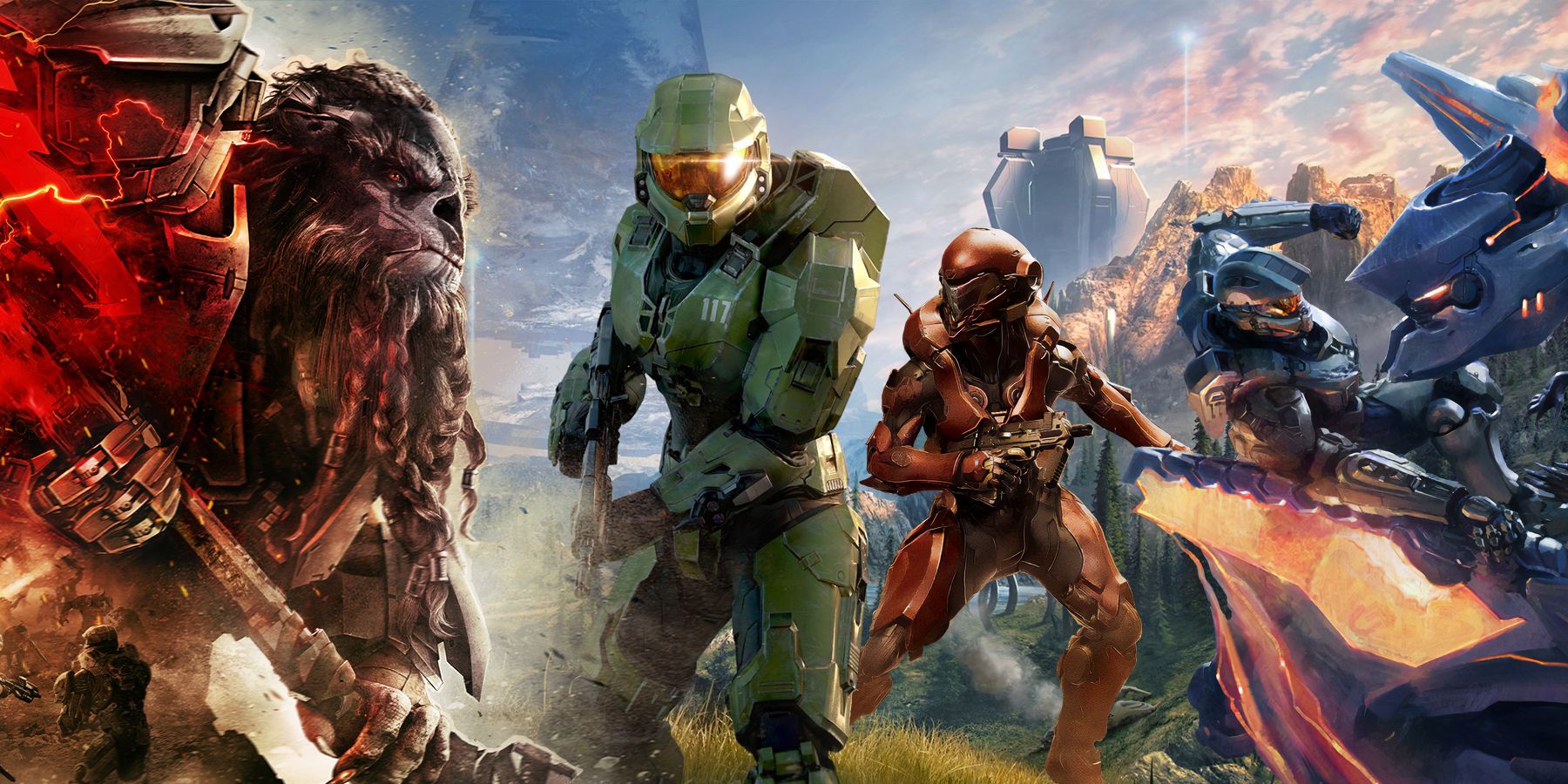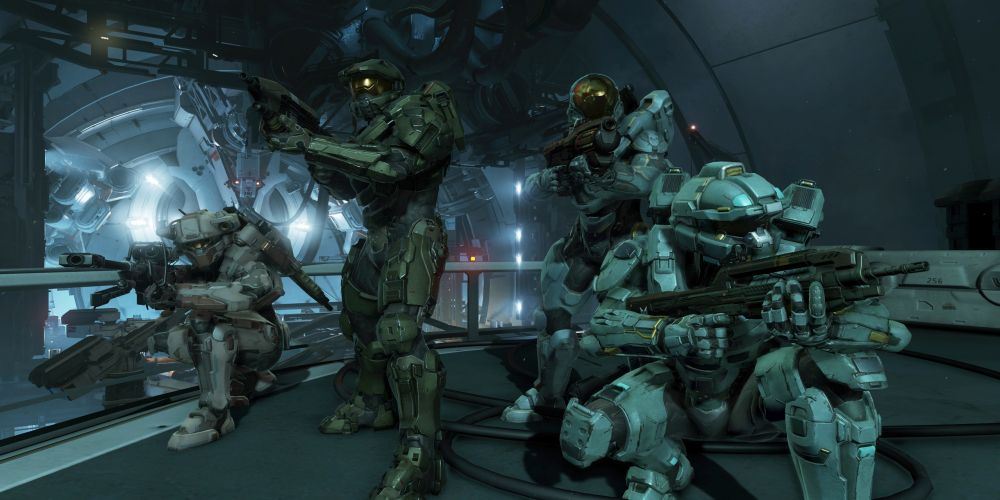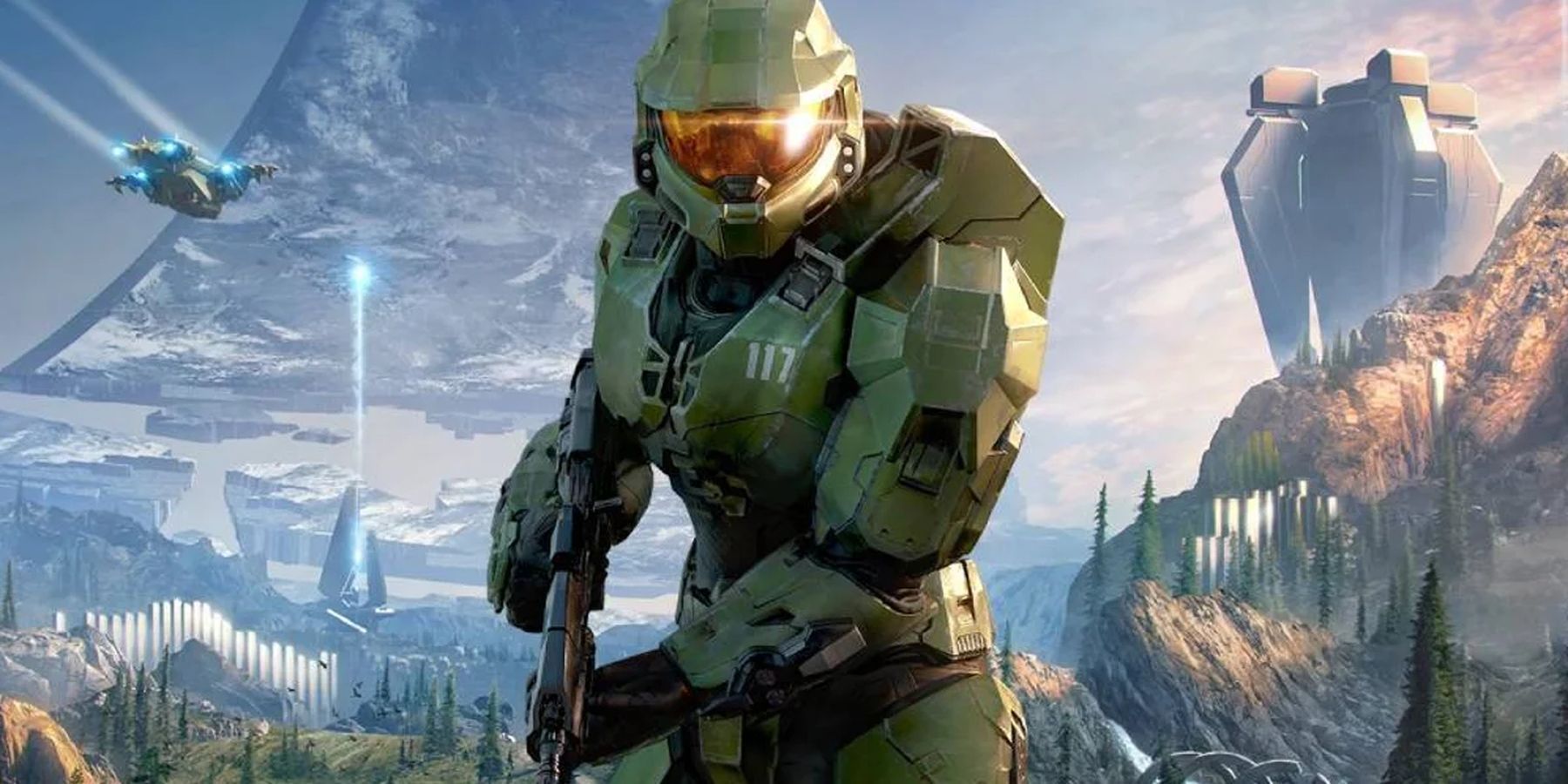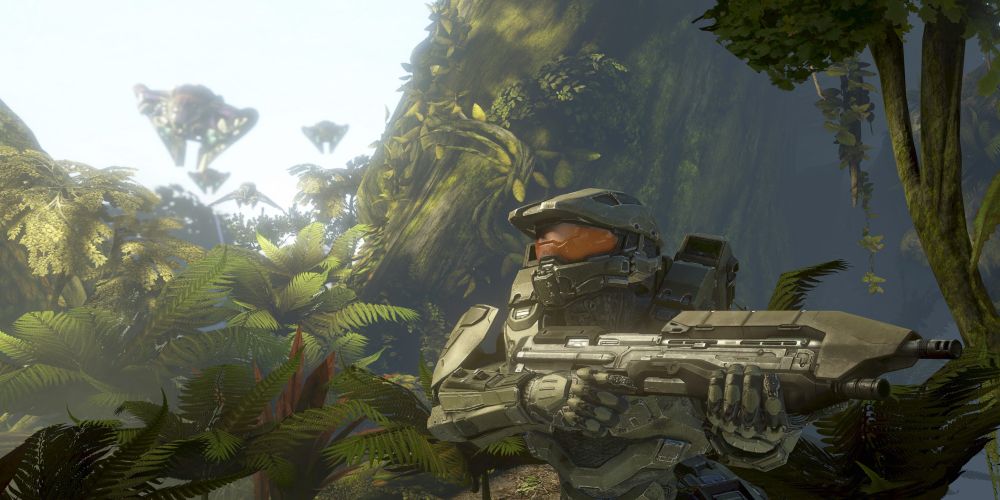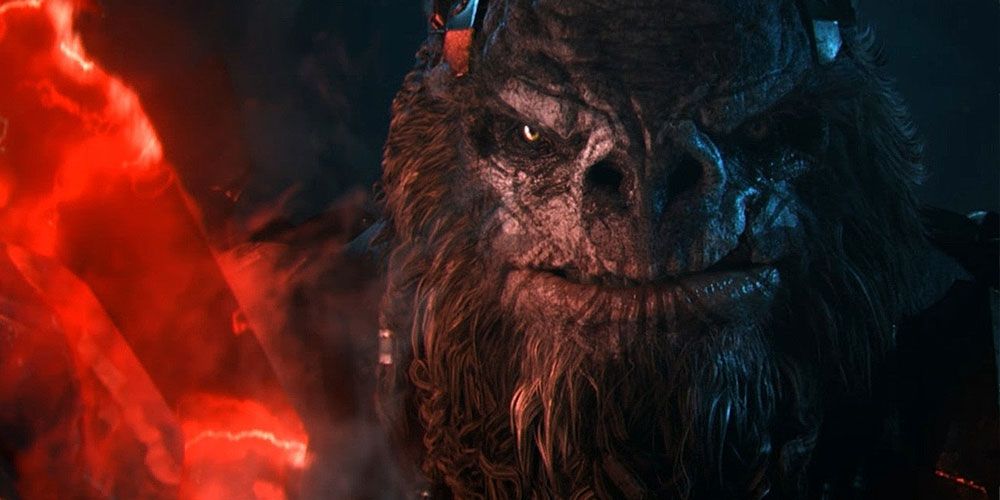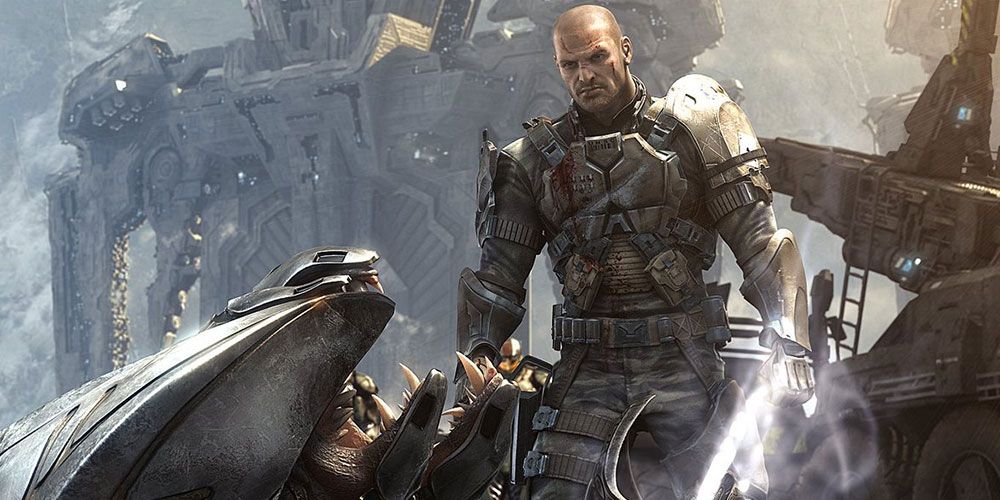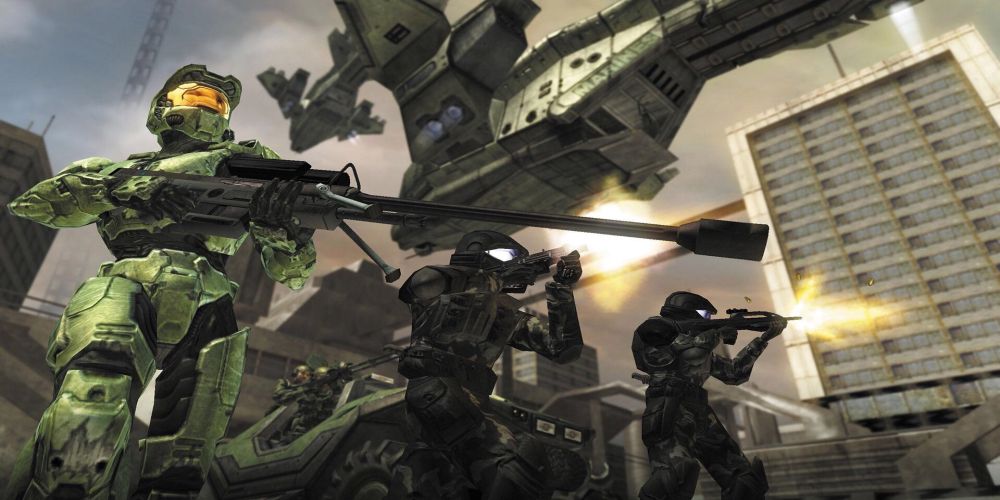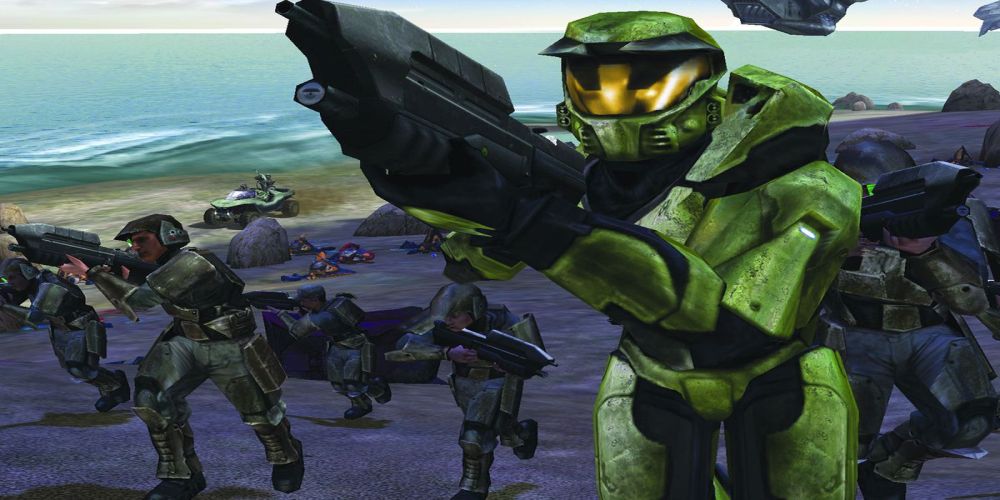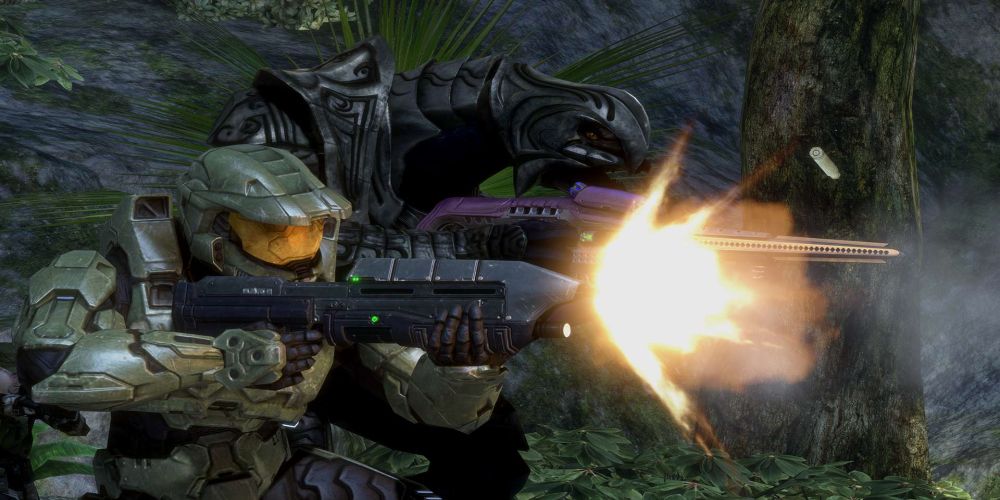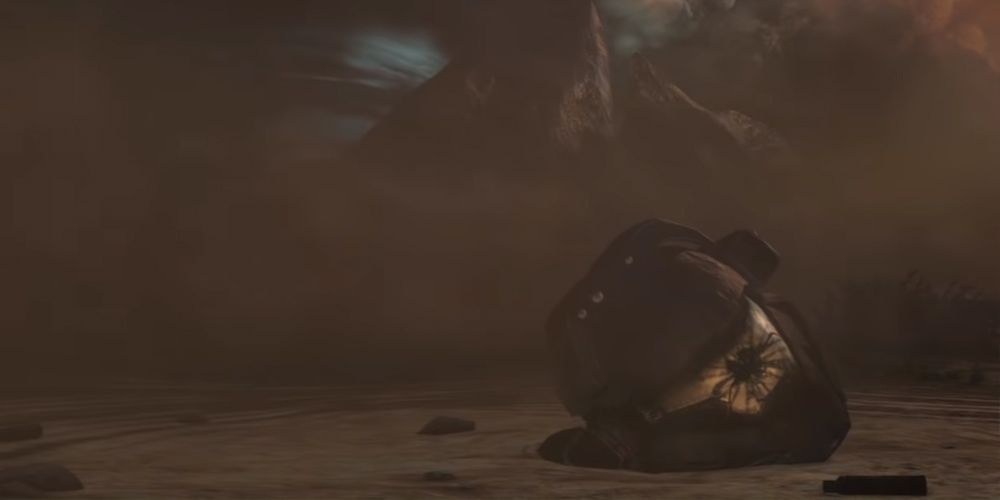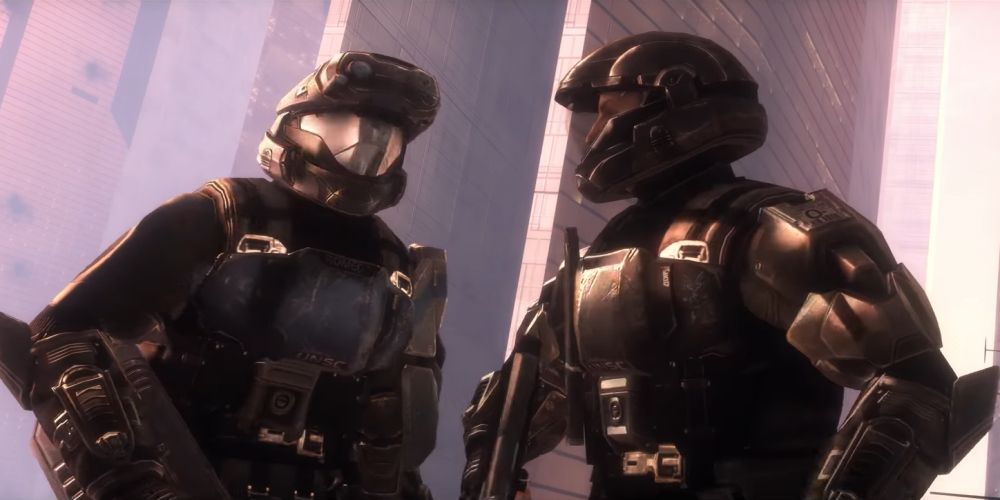The Halo series is well known for having revolutionized the FPS genre in 2001 by mixing several popular ideas shared by its contemporaries in order to create an experience best suited to console gaming. Countless shooter franchises are indebted to the Halo series, whether that be in the gameplay ideas it brought to the forefront, or even the framework by which modern multiplayer is designed.
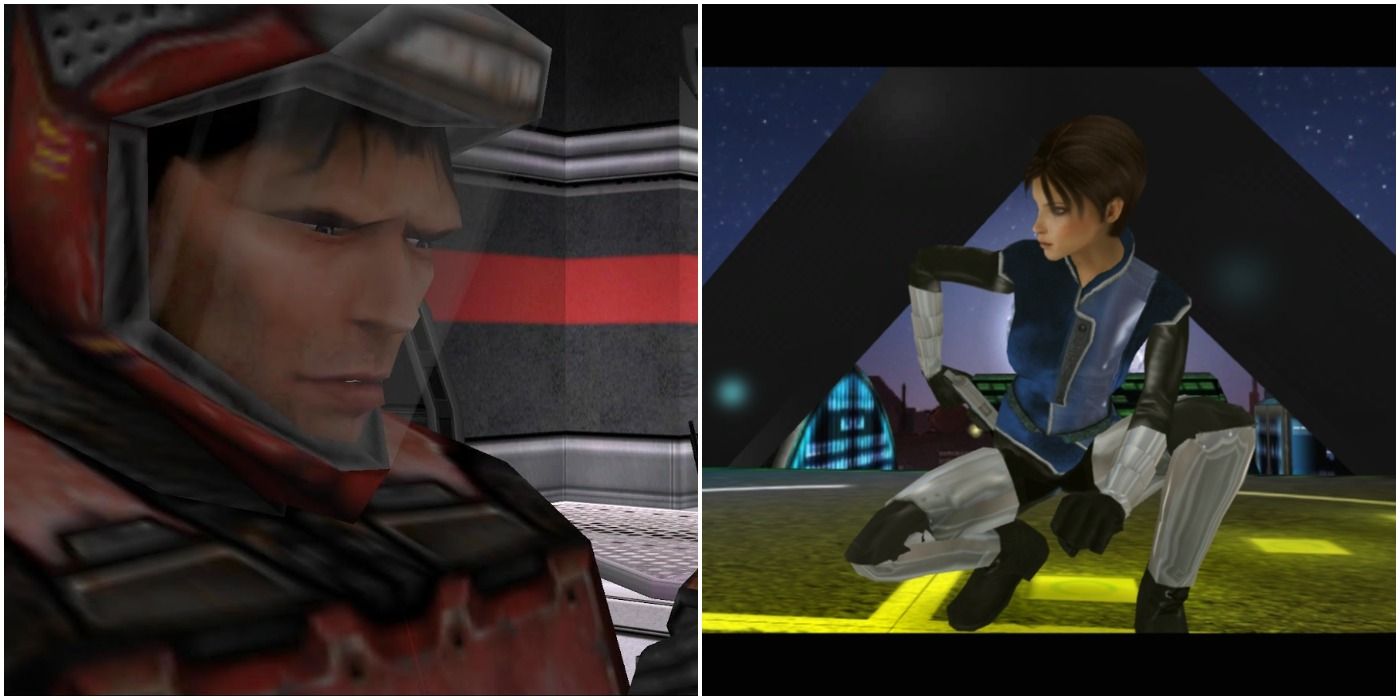
10 Great Console FPS Games That Came Out Before Halo
Before Halo grasped the imaginations of many FPS fans, these games kept their thumbs flying on their controllers.
One of the other significant things the franchise is known for advancing in shooters is storytelling. Halo is often included with other all-time greats of the genre, such as Half-Life and System Shock in this regard. In an era where story-based campaigns seem to be given less and less attention in the genre, Halo has continued to be associated with quality single-player experiences. Many fans still debate over which of the games features the best story over two decades and ten major releases later. Here is a list of how the major games in the franchise compare to one another.
Updated on November 23, 2023, by Gregory Louis Gomez: The debate over which Halo games have the best story continues among longtime fans of the franchise. With the release of Halo: Infinite back in 2021, 343 Industries took the franchise in a new direction and gave fans a new story to add to the list. This raises the list of major releases in the Halo series to an even 10 and is the third game to be developed by 343 Industries, (Halo Wars 2 was developed by Creative Assembly). With this in mind, the selection of best Halo stories has been updated, adding Halo: Infinite to the list and seeing how it compares to its predecessors.
10 Halo 5: Guardians
Returning Characters & New Locations
Halo 5 has the illustrious reputation of featuring arguably the weakest story of any Halo game. Fans were quick to point out their issues with the story upon the game's release in 2015. The biggest offenders include Cortana's new villainous persona and the sidelining of Chief for most of the game. The list, however, extends further than even these issues. It doesn't help that Halo 5's ad campaign was infamous for how misleading it was, with it teasing a story that really didn't exist.
Some of the positives, however, include the return of both Nathan Fillion as Buck, who was last seen in Halo 3: ODST, and Keith David as the Arbiter. The game also brings players to previously unexplored planets, such as the Elite homeworld of Sanghelios.
9 Halo: Infinite
Refocus On Master Chief & Undoing The Previous Game's Mistakes
Halo Infinite
- Franchise
- Halo
- Released
- December 8, 2021
- Developer(s)
- 343 Industries
- Genre(s)
- First-Person Shooter
It's no secret that Halo: Infinite had a troubled development cycle that resulted in more than one aspect of the game feeling half-baked on release. Unfortunately, the game's story was among these, as it features arguably less of a narrative than Halo 5 does. This comes with the benefit of it not being nearly as offensive, although that also makes it not particularly memorable. Infinite heavily relies on audio logs as a narrative device, with each of them suggesting a much more entertaining story that occurs just before the start of the campaign.
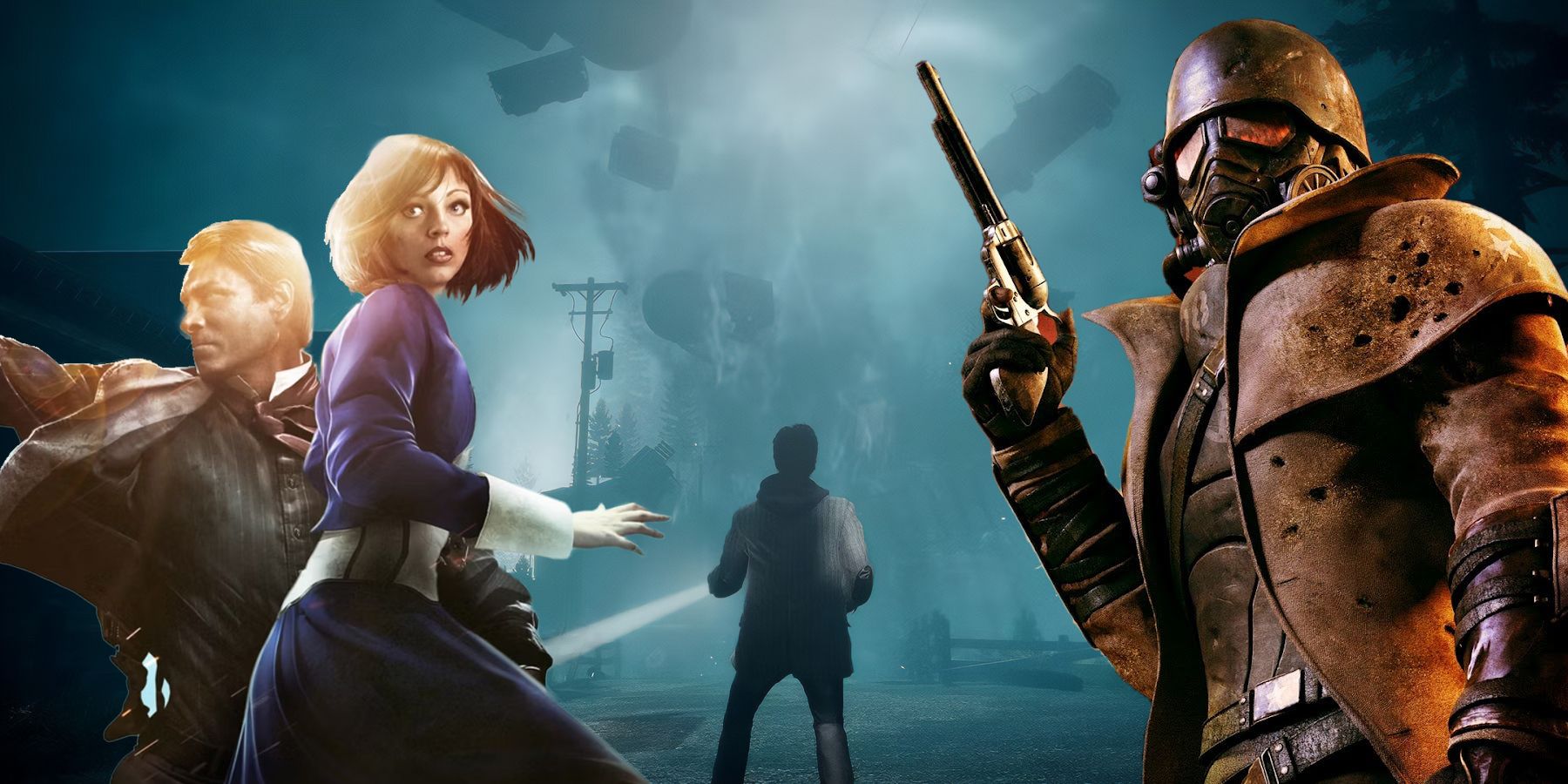
10 Great Games With Nonsensical Endings
These games may have excelled in other aspects, but they had less-than-ideal endings.
The game thankfully walks back a few of Halo 5's less-than-popular story choices, though in a clumsy way. Cortana is "redeemed" and also reintroduced as a good character in the form of The Weapon, a new AI character who looks and sounds just like the old Cortana, essentially undoing her death altogether. Infinite also (somewhat abruptly) introduces a new enemy to the series in the form of The Endless, which unfortunately leaves little impact on the player, though it's possible they'll be seen again.
8 Halo 4
Character Focused & New Setting
Halo 4 is unique in that it is as much of a soft reboot of the story after the events of Halo 3 as it is a direct sequel. The game's story is more character-focused than its predecessors, as Master Chief and Cortana have a much more fleshed-out relationship compared to prior games. Some fans have praised this as emotionally fulfilling, while others have noted that it comes off as out-of-place melodrama.
The game is somewhat infamous for how much it relies on lore found in the expanded universe, which is doubly frustrating because almost all of this lore is a massive retcon of the Bungie era. The game features a new main villain in the form of the Didact, though many fans argue that he suffers from wasted potential and is hard to relate to.
7 Halo Wars 2
A Compelling New Villain
Halo Wars 2
- Franchise
- Halo
- Released
- February 21, 2017
- Developer(s)
- 343 Industries , Creative Assembly
- Genre(s)
- Real-Time Strategy
While it doesn't necessarily have a bad story, Halo Wars 2 does feature a rather odd one to some extent. It continues the story of the Spirit of Fire crew after they were last seen adrift in unknown space at the end of Halo Wars. The Banished make their debut in Halo Wars 2, with its leader Atriox quickly becoming somewhat of a fan favorite villain.
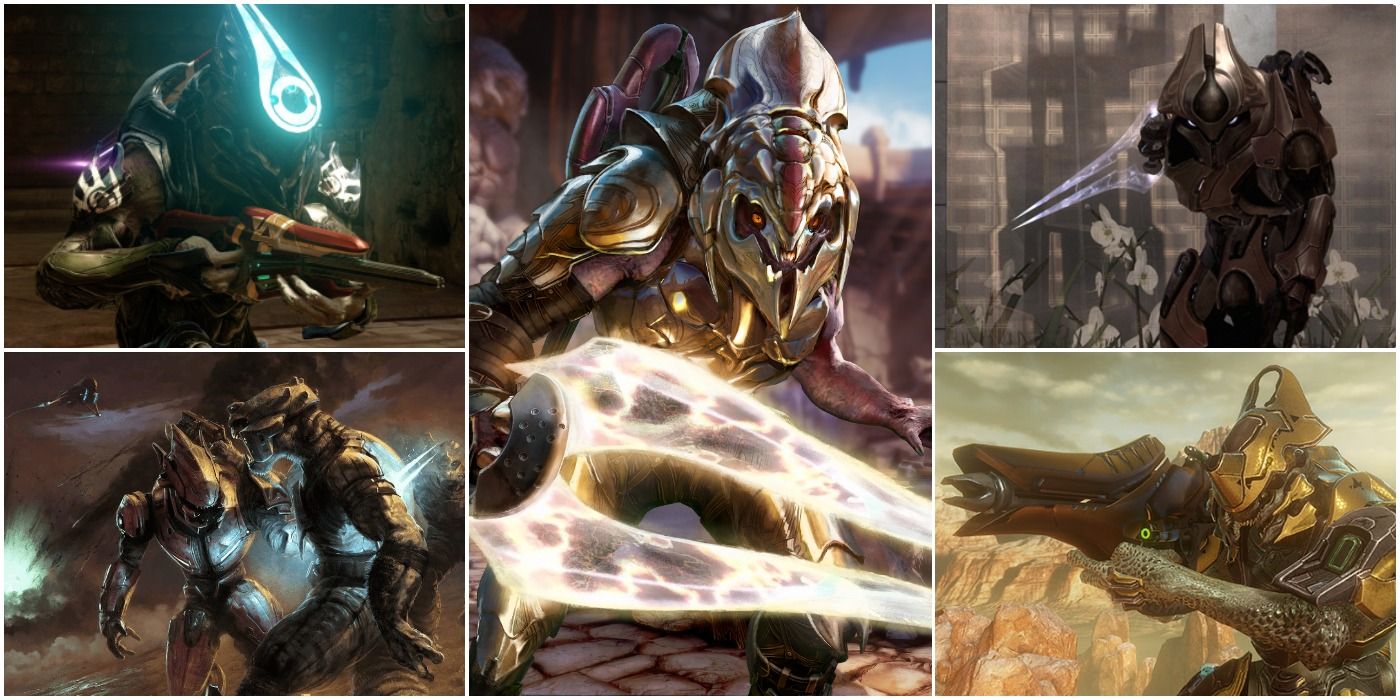
Halo: 10 Things You Didn't Know About The Sangheili
The Sangheili, known as Elites in the Halo universe, are an interesting part of the franchise's story, with a rich history most players don't know.
One of the more frustrating things about the story is that it seems to be setting the stage for future stories in the Halo universe — except that supposed story is most likely not happening. In the end, it's less of a story about interesting characters and more of a lore dump for the sake of setup. Despite this, it can be reasonably entertaining at times.
6 Halo Wars
Expansion On Lore & Accessible Narrative
Halo Wars
- Franchise
- Halo
- Released
- March 3, 2009
- Developer(s)
- Ensemble Studios , Robot Entertainment
- Genre(s)
- Real-Time Strategy , Tactical
The first Halo Wars functions as a solid, self-contained story. Rather than attempting to act as a stepping stone to future games, Halo Wars is a prequel/spin-off. Set in the year 2531, the game makes use of existing lore for the most part, making it accessible to fans. The story mostly features new characters such as John Forge and Captain Cutter but also brings back returning concepts such as the Prophets, the Arbiter, and the Flood.
Ultimately, the story is a short and tightly written affair that expands on the existing world without asking too much of the player. It is simple, but as a spin-off it's adequate.
5 Halo 2
Great Characters With Bold Overarching Narrative & Worldbuilding
Halo 2 works well as the middle chapter for a few reasons. For one, it raises the stakes from its predecessor and introduces a whole host of new and interesting characters. Halo 2 also greatly expands on the lore by developing the covenant through the use of Arbiter-focused levels. The narrative complexity of Halo: CE is both warranted and appreciated in much the same way it was for Star Wars: The Empire Strikes Back.
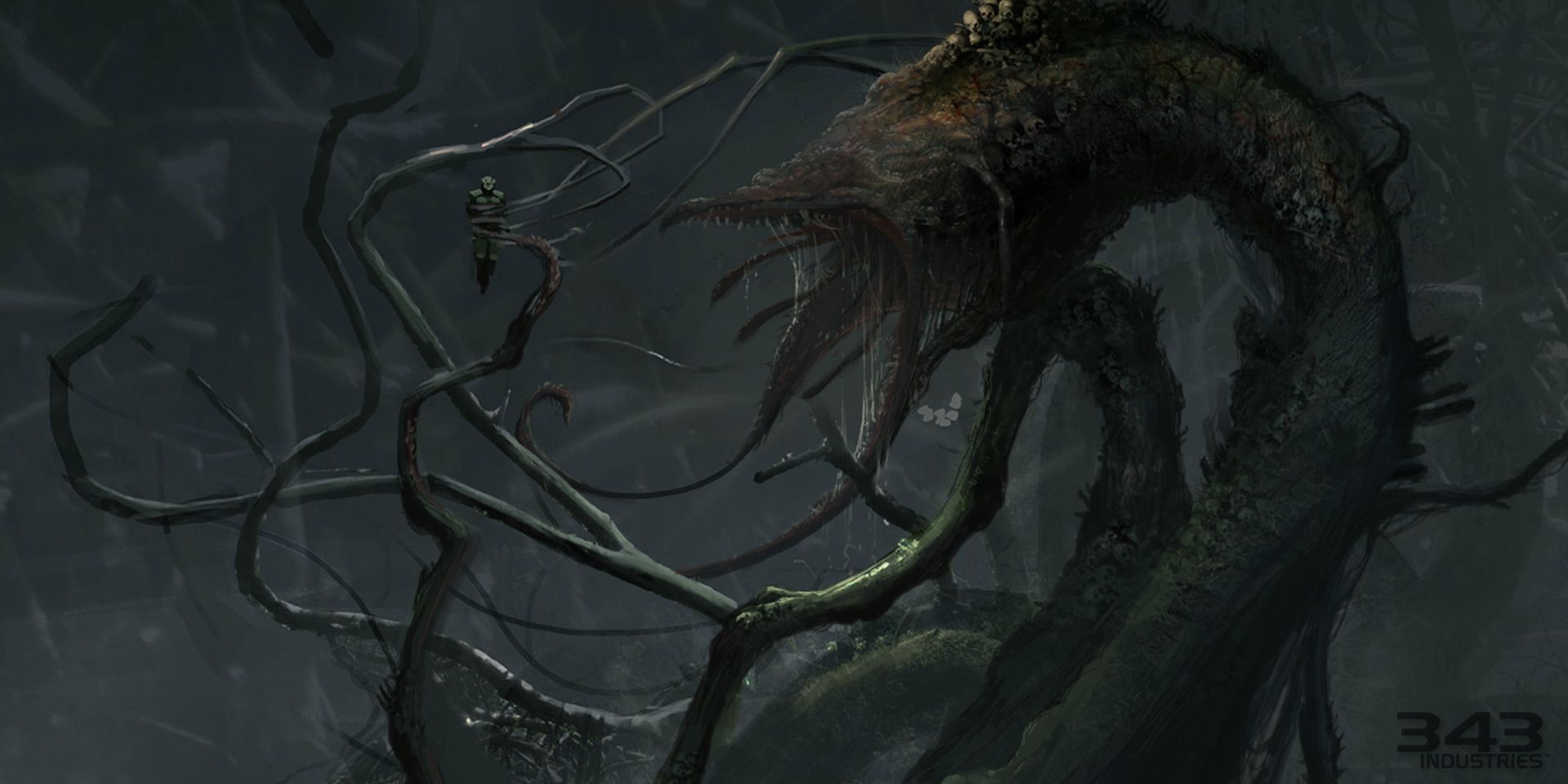
Halo: 10 Things You Didn't Know About The Gravemind
The Gravemind is one of Halo's most fearsome foes. Here's some things about it most fans never knew.
Where Halo 2 falters a bit, however (mostly due to tumultuous development), is in balancing its dual campaign structure. Many players noted that switching between the Arbiter's and Master Chief's stories felt jarring, with the former seemingly being much more important and the latter feeling like dragged-out filler. Certain dramatic moments, including the climax, suffer under the weight of these dueling narratives, to the point where the ending for both characters feels rushed and unsatisfying. Halo 2 is a perfect example of a great story that is told in a less-than-ideal way.
4 Halo: Combat Evolved
Fantastic Introduction To The Series' Themes & Original Lore, Characters, And Factions
Halo: Combat Evolved
- Franchise
- Halo
- Released
- November 15, 2001
- Developer(s)
- Bungie , Gearbox Software
- Genre(s)
- FPS
This is the game that started it all. Halo CE functions as a perfect gateway into the universe. It establishes the status quo of Humanity engaging in open warfare with the alien hegemony known as the Covenant; it introduces the Forerunner mystery, the Flood, and the Halo array. The fundamental building blocks for the rest of the series all appear in this game.
While it lacks the complexity of later games, the characters are all well-written and the narrative is tightly constructed. Certain mysteries go unexplained; however, most, if not all, receive closure in the sequels and expanded universe. For an introductory experience, there is very little that Halo CE doesn't do right.
3 Halo 3
Strong Emotional Climax For The Trilogy & Memorable Setpieces With Plenty Of Dramatic Turns
Right off the bat, Halo 3 is a game that depicts a more somber tone with very well-defined and dire stakes. Consequently, this makes for an inherently more emotional story than either of its predecessors. Unlike Halo 2, Halo 3 is a single story focused around Master Chief - the player - and their struggle to finish the fight. With this choice, Halo 3 is able to pay more attention to landing its dramatic moments, rather than focus on lore, something wholly appropriate for a concluding chapter in a trilogy (a trilogy that began in much the same way).
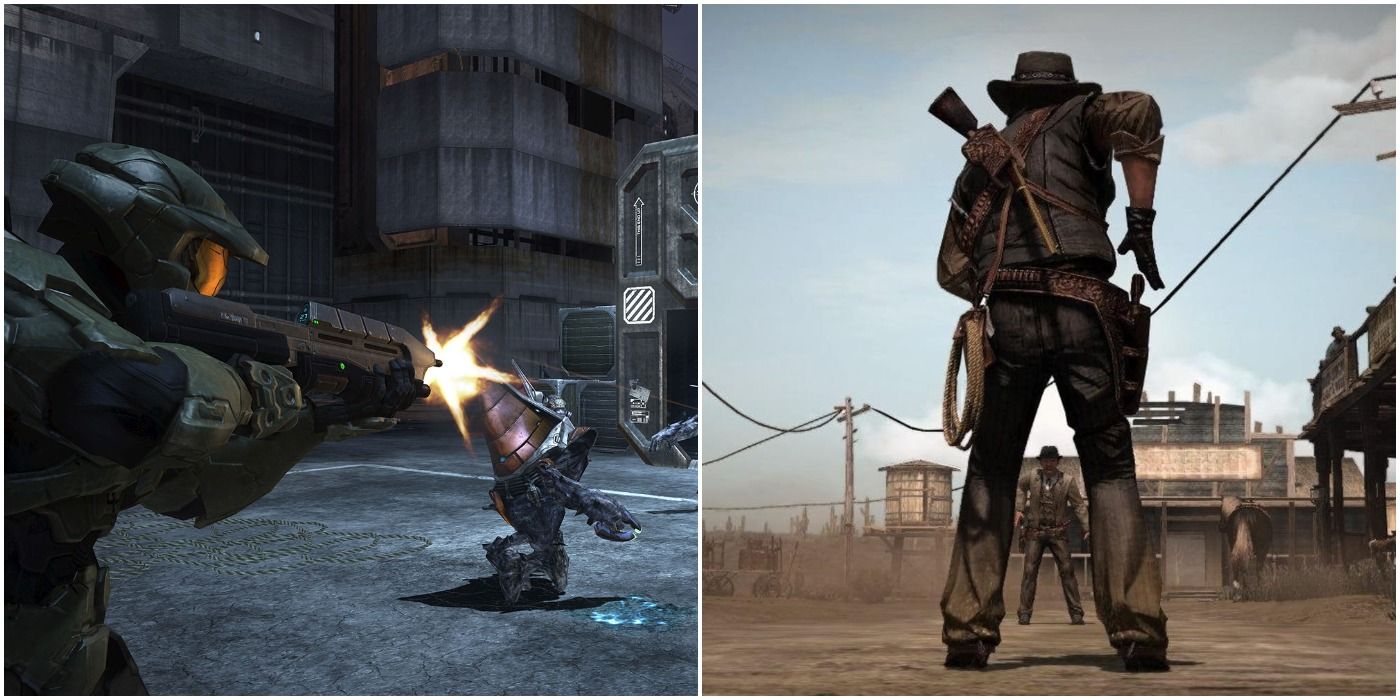
10 Most Iconic Story Campaigns In Video Game History
For most video games, the story campaigns serve as the core component. Today, we're counting off some of the industry's best.
With pacing similar to Halo: CE and having the benefit of Halo 2's world-building, Halo 3 succeeds in being the final chapter of the Bungie era of the franchise. Each major plot thread is given just enough room to reach a satisfying conclusion, though some smaller moments do suffer occasionally. One criticism the game absolutely deserves is that Cortana doesn't play a larger role in the final act of the story, especially since the narrative permits it. In the end, however, Halo 3 is a satisfying story about the player becoming a legendary hero for humanity in its darkest hour.
2 Halo Reach
Tightly Focused And Uniquely Tragic Narrative With A Bold End To A Legendary Era
As far as spin-off Halo stories go, Halo: Reach is easily among the better ones in the series. Putting the player in a spartan squad during the fall of Reach made for an epic, tragic sendoff for the franchise at the time. Each member of the squad has a distinct personality, simplistic as they are, with each fulfilling a particular archetype both in personality and visual design. This makes them memorable and allows the player to form connections with them over the course of the narrative.
The game details the gradual fall of the Human fortress world, Reach, to an invading Covenant armada. This provides a backdrop for a very human story of heroic sacrifice and survival. It is tonally one of the strongest games in the series, thanks in large part to its excellent visual style and musical direction. While Halo: Reach does contradict the book, Halo:TheFall of Reach, it does a fantastic job of telling a self-contained story that meshes well with the games as opposed to the novels.
1 Halo 3: ODST
Unmatched Atmosphere And Audiovisual Design With Strong Character Writing And Great Pacing
The Halo franchise is no stranger to spin-off stories. In this case, Halo 3: ODST is technically a narrative expansion for Halo 3 that actually takes place during the events of Halo 2. This one-off story follows a group of ODSTs stuck in the middle of occupied New Mombasa, with the player taking control of a faceless, voiceless protagonist by the name of the Rookie. Through his eyes, the player must journey through layers of concrete and neon-lit Hell to reunite with their squad.
The setting is perfectly constructed and the atmosphere, bolstered by an incredible score, is entirely unique in the series. Each character has a distinct personality, and their relationships with other squad members are well-developed. ODST is everything wonderful about Halo's narrative design because it wastes no time in telling the story, has just the right amount of world-building, and doesn't compromise on emotional resonance. Many Halo fans will argue that ODST contains the best story in the series.

